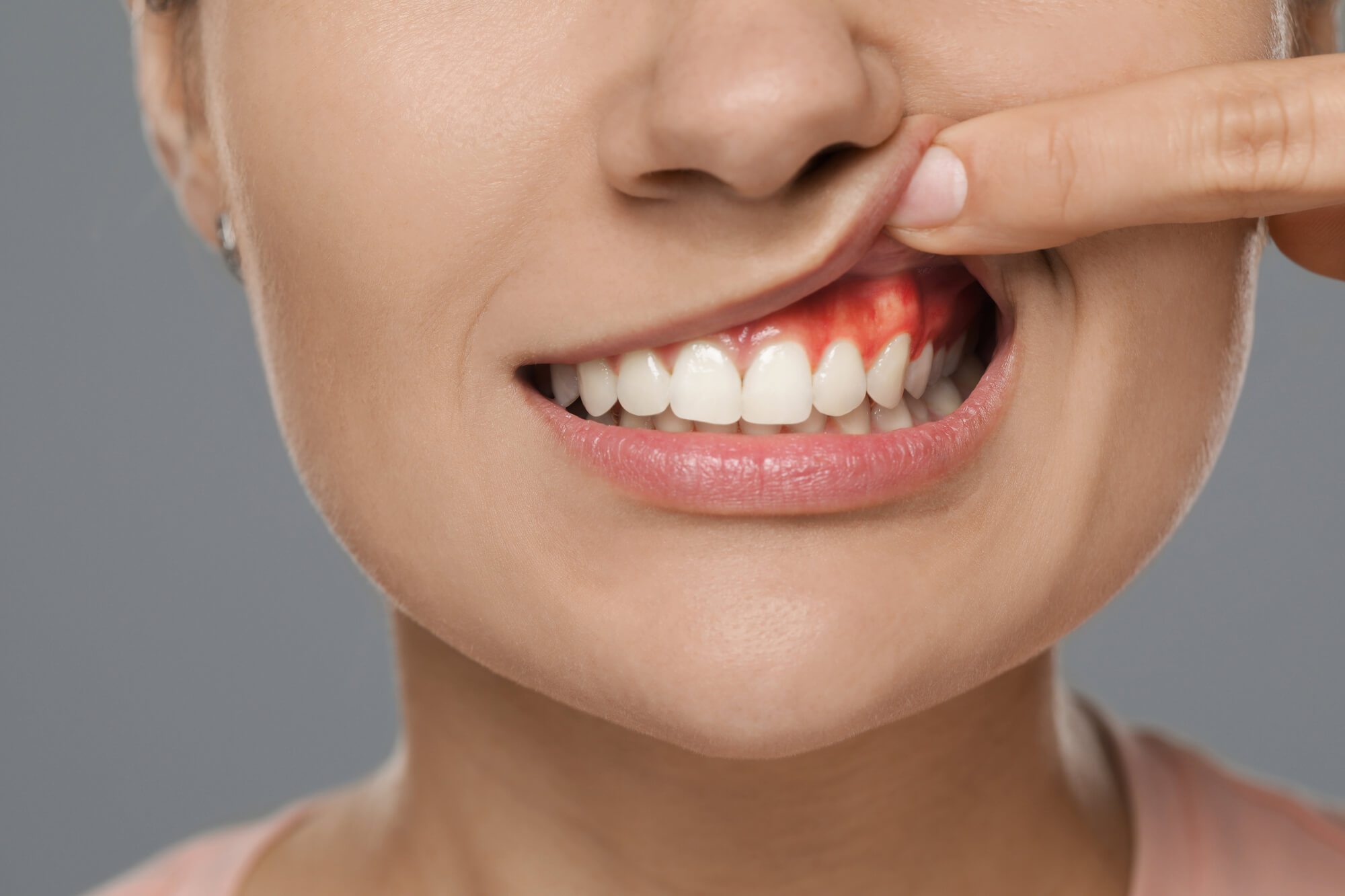Gum disease is a dangerous condition that can risk your oral health. While it can easily be prevented by maintaining good oral hygiene, certain medications and circumstances—like pregnancy! —can make you more prone to gingivitis. When this happens, it is key to identify it and treat it quickly with a periodontist in Fort Worth.
Treating gingivitis can be long and intricate, especially if the disease has progressed. However, restoring the health of your smile is still possible. To help you know what to expect, here are some treatment paths for patients with gum disease!

What Is Gum Disease?
Gun disease, or gingivitis, is a dangerous infection caused by plaque accumulation in the gums. The gums are the soft tissue that surrounds the teeth and holds them in place. While most Americans know bad oral hygiene habits can lead to tooth decay, the fact that the gums can also suffer is often overlooked.
However, plaque can accumulate under the gum line when you fail to brush your teeth after every meal and floss daily. Plaque is a sticky substance made of bacteria that releases acids. These acids harm your gums, causing them to irritate and bleed. Over time, your gums will start to recede—trying to “run away” from this infection—leaving your teeth more exposed to bacteria.
Over time, gum disease can cause gum loss, tooth loss, and even bone damage. For that reason, it is key to treat this disease before it progresses to its more damaging stages.
So, How Is Gum Disease Treated?
Treatment for gum disease aims to eliminate plaque, aid in the gums' reattachment to your teeth, lessen swelling, and prevent the condition from worsening. The course of treatment recommended by your periodontist or dentist is determined by various factors, like how severe your gum disease is, what treatments you've already tried, and how healthy you are overall.
Nevertheless, the most common treatments for gum disease are:
- Dental Cleaning: Professional cleanings, usually advised every six months, go beyond simple brushing because they remove tartar and plaque that accumulate despite good at-home hygiene. This reduces the infection and soothes your gums.
- Scaling: Scaling is similar to a dental cleaning, but it’s performed more deeply under the gums. Dental hygienists remove bacteria, plaque, and tartar from your teeth using tools, a laser, or sound waves.
- Root Planing: During this treatment, the portion of your tooth beneath your gums, known as the root, is smoothed out. As a result, plaque and bacteria have a harder time reaccumulating. Additionally, it aids in the gums' reattachment to your teeth.
- Antibiotics: Rinses, gels, or pills can also be used to fight off the infection-causing bacteria.

Win Against Gum Disease with a Periodontist in Fort Worth
Gum disease is a dangerous condition that can affect more than your smile. Without treatment, bacteria from your gums can enter your bloodstream, leading to inflammation in your entire body, immunological problems, and cardiovascular disease.
For that reason, practicing good oral hygiene habits is key, especially if you’re at risk of gingivitis. Getting regular dental cleanings at Silver Sage Dental can help you keep plaque accumulation at bay. Contact us today if you’re due for a thorough cleaning!
.png)

